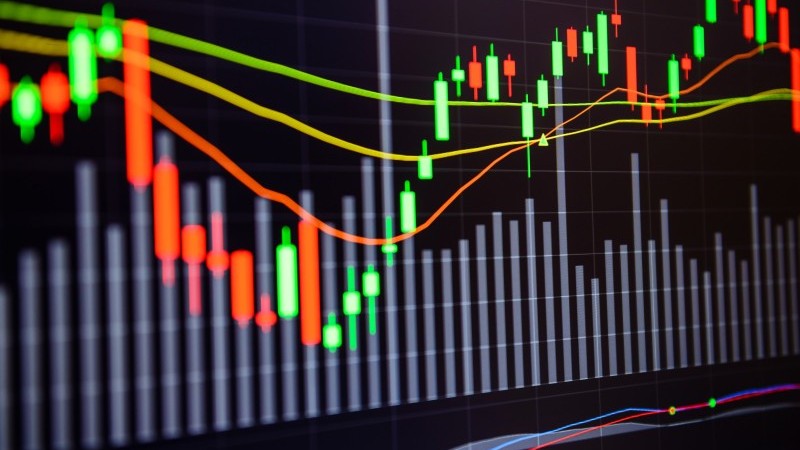Eurozone risk appetite is healthy, contributing to higher back-end yields. Monday's Eurozone PMI numbers impressed the market, and today's German IFO survey also came in slightly better than expected. Although Germany remains a drag on overall eurozone growth prospects, most indicators seem to be pointing to a cautious recovery. And with concerns about the spread of the virus receding in the Middle East, markets have reason to take risks. The rise in interest rates coincided with a reaction from German Bundesbank President Nagel, who stressed that June's rate cut was not necessarily the start of a series of rate cuts.
Rising risk sentiment was also reflected in strong demand for Greece's 30-year bond sale on Tuesday. The syndicate benefited from S&P's outlook being upgraded from stable to positive just last week on the back of fiscal austerity and a positive growth outlook. The interest in this sale is particularly evident when comparing the total order value of 33 billion euros with the offering size of just 3 billion euros. The spread over German federal bonds is 127bp, and pricing is currently well below the 2022 high of 313bp.
Euro rates will likely take a passenger seat for the remainder of this week as the value of the US PCE determines the direction of the UST. Market prices still suggest the ECB will cut interest rates nearly three times in 2024, compared to just two in the US. With PCE remaining high, the market may reconsider the spillovers from the Fed holding longer/lower rate cuts scenario. Although the ECB has emphasized its independence from the Fed, markets will still correlate the number of rate cuts in 2024 with the Fed's policy.

